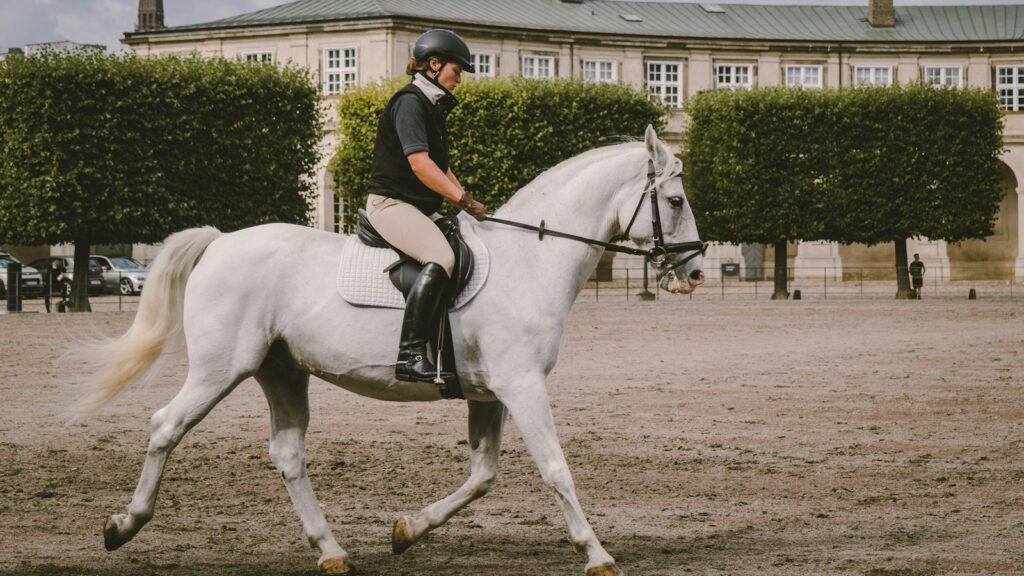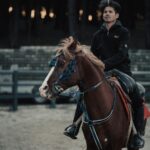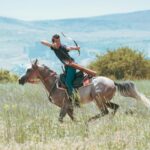Embarking on the journey to learn horseback riding opens doors to a world of exhilaration, companionship, and personal growth. Whether you’re a complete novice dreaming of your first canter or an experienced rider looking to refine your skills, choosing the right riding school is crucial to your equestrian development. This comprehensive guide will walk you through everything you need to know about riding schools – from understanding different teaching methodologies to evaluating facilities and instructors. With the proper guidance, you’ll be well-equipped to make an informed decision that aligns with your goals, preferences, and learning style, setting you on the path to becoming the rider you aspire to be.
Understanding Different Types of Riding Schools
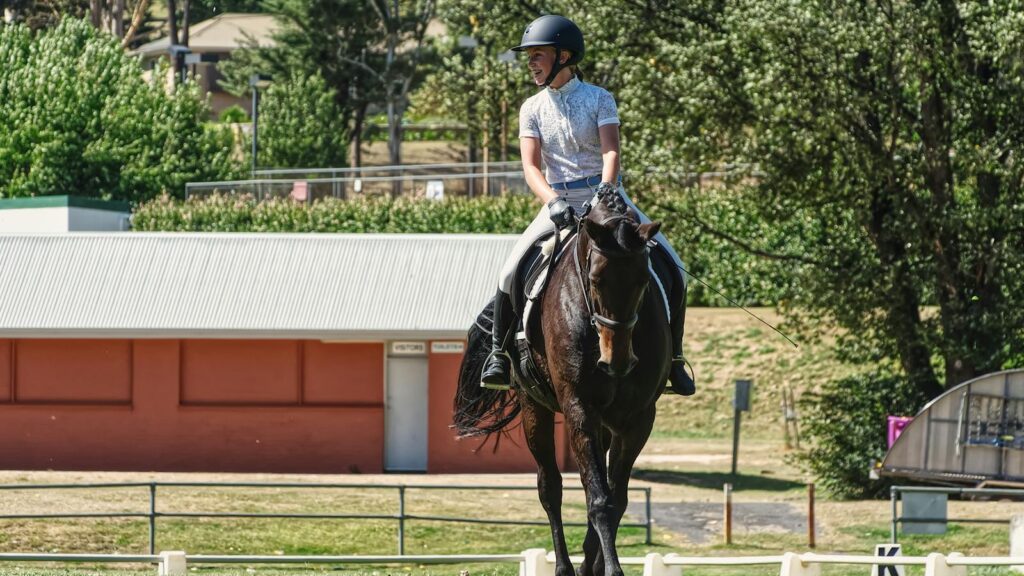
Riding schools come in various forms, each catering to different needs, goals, and experience levels. Traditional riding academies often focus on classical equitation and may offer a structured curriculum based on established systems like the British Horse Society or the German training scale. Alternatively, ranch-style schools might emphasize Western riding techniques and practical horsemanship skills. Specialty schools focus on specific disciplines such as dressage, show jumping, eventing, or therapeutic riding. Some establishments operate as full-service equestrian centers with extensive facilities, while others might be smaller, family-run operations with a more intimate atmosphere. Understanding these distinctions helps you narrow your search to schools that align with your interests and aspirations.
Assessing Your Riding Goals and Experience Level
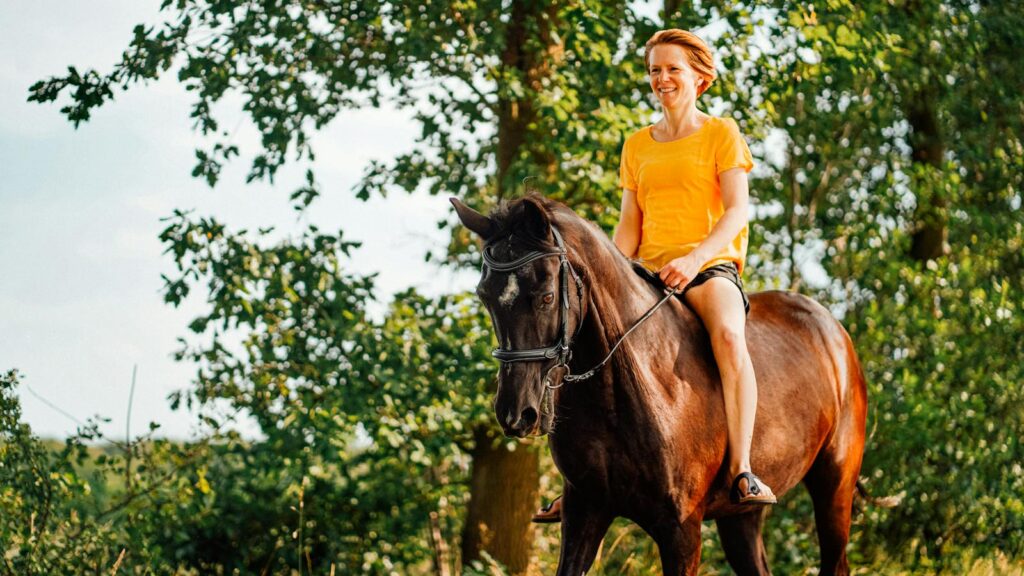
Before selecting a riding school, take time to honestly evaluate your current abilities and clarify what you hope to achieve. Are you a complete beginner seeking to learn basic horsemanship, or an intermediate rider looking to specialize in a particular discipline? Perhaps you’re returning to riding after a long break and need to rebuild your confidence and skills. Some riders seek the thrill of competition, while others ride primarily for recreation, fitness, or therapeutic benefits. Your experience level and objectives will significantly influence which school is most suitable for you. A school that excels at producing competitive jumpers might not be ideal if you’re interested in trail riding or western disciplines. Being clear about your aspirations helps ensure you find an environment where you’ll thrive.
Evaluating School Facilities and Horse Care Standards
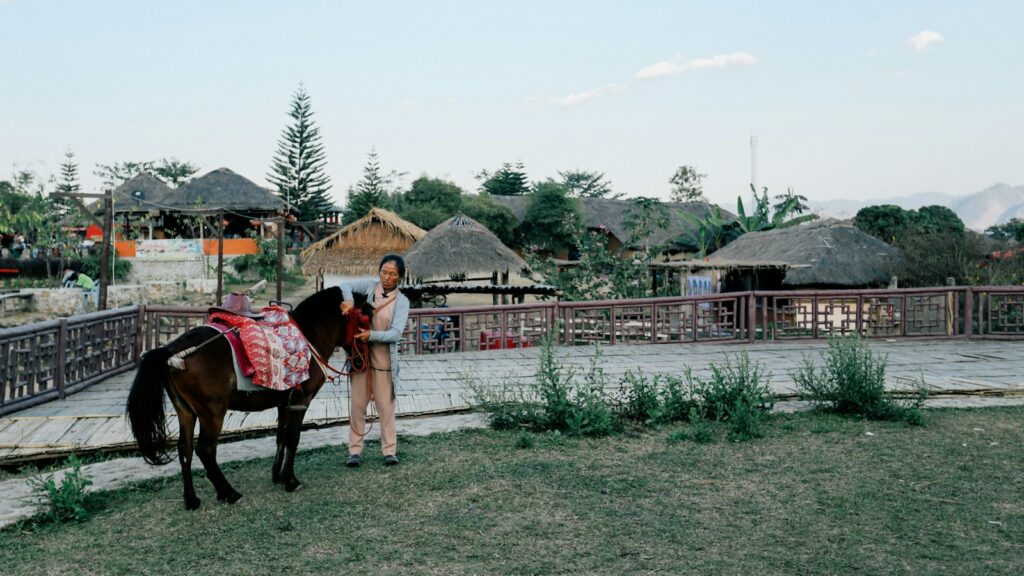
The quality of a riding school’s facilities and their approach to horse care reveals much about their professionalism and values. Look for clean, well-maintained stables with appropriate ventilation, adequate space for each horse, and safe, secure fencing. Riding arenas should have suitable footing that’s regularly maintained, proper drainage, and sturdy, safe fencing. Pay attention to the condition of the horses – they should appear healthy, well-groomed, and sound, with appropriate body condition (neither too thin nor overweight). Quality schools maintain consistent feeding schedules, regular veterinary and farrier care, and appropriate turnout time for their horses. Additionally, tack should be clean, in good repair, and properly fitted to both horses and riders. A school that prioritizes horse welfare typically extends the same level of care and attention to its students.
Instructor Qualifications and Teaching Styles
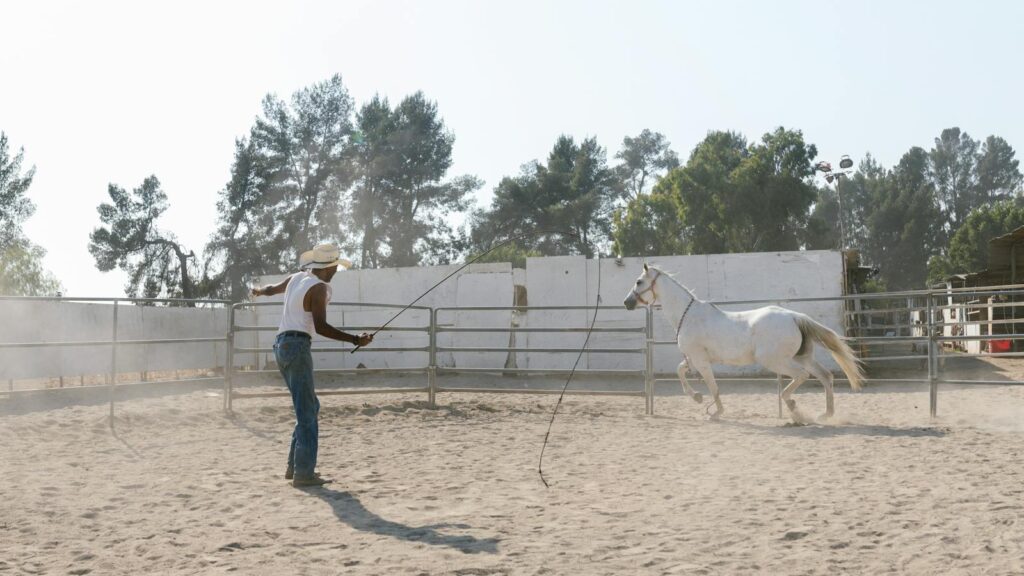
The expertise, experience, and teaching approach of instructors significantly impact your learning experience. Qualified instructors typically hold certifications from recognized organizations such as the British Horse Society, United States Equestrian Federation, Certified Horsemanship Association, or similar national bodies. Beyond formal qualifications, effective instructors demonstrate clear communication skills, patience, and the ability to adapt their teaching methods to different learning styles. Some instructors are more technically focused, while others emphasize the emotional and partnership aspects of riding. Observe lessons before committing, noting how instructors interact with students and horses, provide feedback, and manage safety. The ideal instructor should not only have extensive knowledge but also be someone whose communication style resonates with you and motivates you to improve.
Safety Protocols and Insurance Coverage

Safety should be paramount at any reputable riding school, with comprehensive protocols in place to protect both riders and horses. Quality schools require appropriate safety equipment such as properly fitted helmets that meet current safety standards, and possibly body protectors for jumping or cross-country riding. Staff should be trained in first aid, and emergency procedures should be clearly established and communicated. Instructors should match horses to riders based on experience and ability levels, and regularly assess both the horse’s behavior and the rider’s progress to ensure appropriate pairings. Regarding insurance, professional riding schools should carry liability insurance and be able to provide details about their coverage. Some schools may also offer or require that students have their own personal accident insurance specific to equestrian activities. Never hesitate to ask detailed questions about a school’s safety record and insurance provisions – reputable establishments will welcome such inquiries.
Lesson Structure and Curriculum Progression
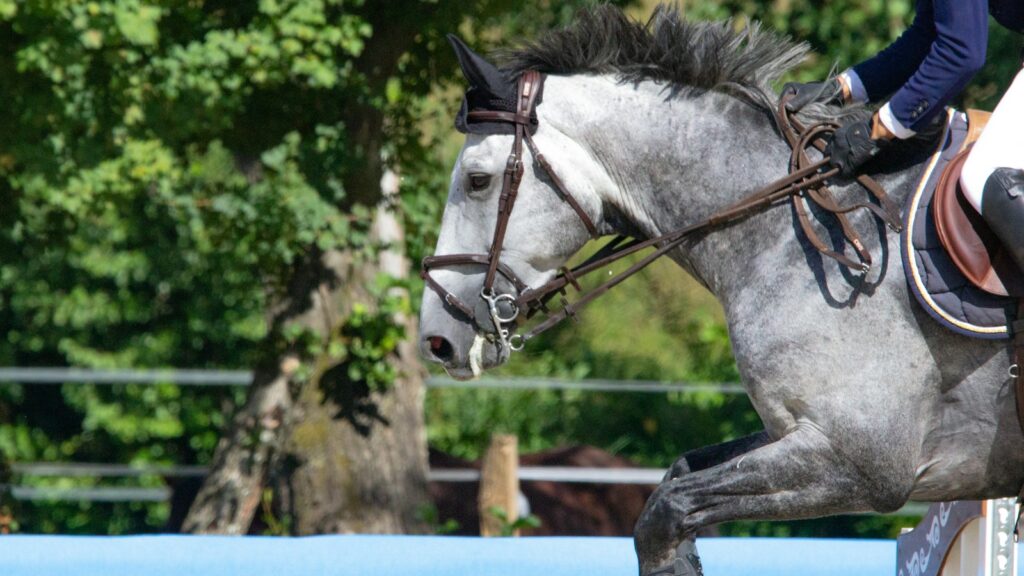
Effective riding schools offer a structured curriculum that ensures systematic skill development while keeping learning engaging and varied. Inquire about how lessons are organized – are they primarily private, semi-private, or group sessions? Each format has advantages: private lessons offer personalized attention, while group lessons can be more affordable and provide opportunities for observational learning. A well-designed curriculum should include clear progression markers, from basic safety and handling skills to more advanced riding techniques appropriate to your chosen discipline. Ask how progress is evaluated and how frequently – good schools regularly assess students’ development and adjust teaching accordingly. The school should be able to explain how they balance technical skill-building with enjoyable activities that maintain motivation and engagement. Additionally, comprehensive programs often incorporate unmounted horsemanship education covering topics like equine behavior, health care, and tack maintenance.
School Horse Selection and Suitability
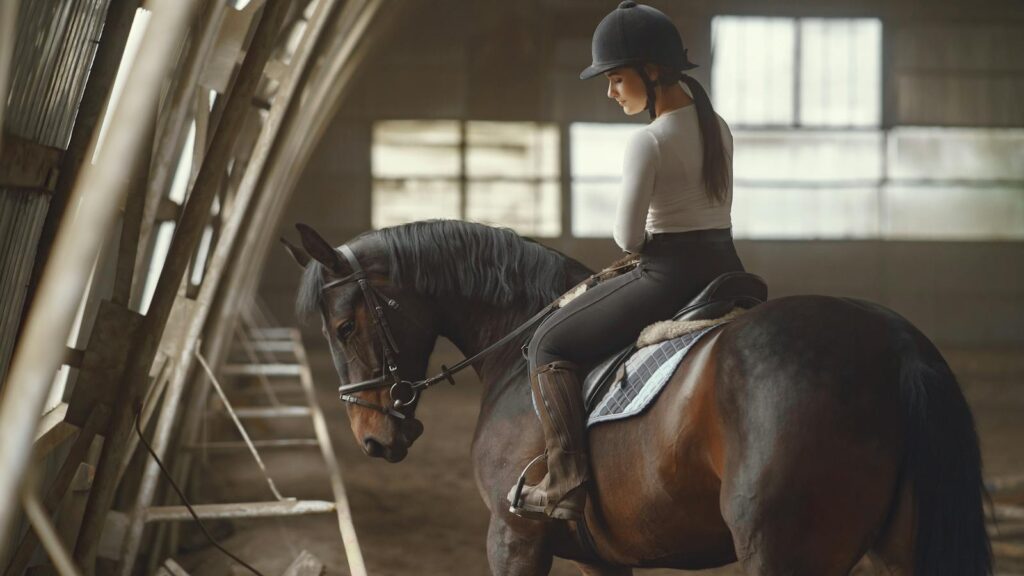
The quality and suitability of school horses significantly impact your learning experience and safety. Ideal school horses are well-trained, patient, and responsive, with temperaments appropriate for their intended riders. For beginners, calm, forgiving horses with smooth gaits and reliable behavior are essential for building confidence and developing basic skills. More advanced riders benefit from mounts that can perform at higher levels while still being safe and educational. Observe how the school matches horses to riders – do they consider physical size, experience level, and individual learning goals? A diverse herd that includes various types, sizes, and training levels allows students to progress by experiencing different riding challenges as their skills develop. Ask about the horses’ backgrounds, training methods, and how long they’ve been in the program – established schools often have horses that have successfully taught generations of riders.
Cost Considerations and Payment Structures
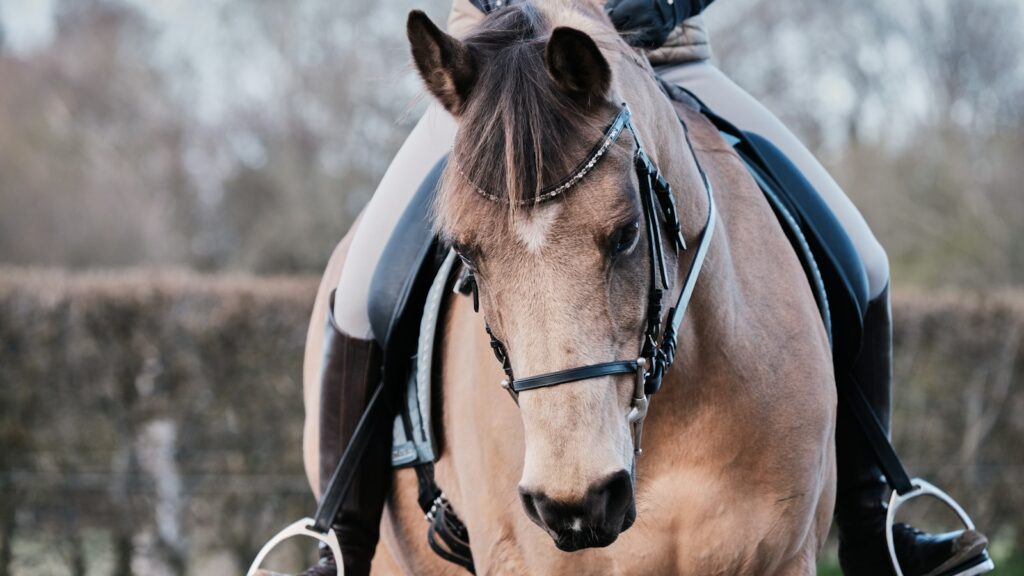
Understanding the full financial commitment involved in riding lessons helps prevent surprises and ensures you choose a program that fits your budget. Lesson fees vary widely based on geographic location, school reputation, instruction type, and lesson duration. Beyond the base lesson cost, inquire about additional expenses such as registration fees, insurance requirements, equipment costs, and whether there are separate charges for special clinics or events. Many schools offer payment options such as pay-per-lesson, package discounts for multiple lessons, or monthly membership plans. Consider the value proposition rather than simply the lowest price – quality instruction on well-trained horses in safe facilities justifies higher rates compared to budget options that might compromise on these essentials. Ask about cancellation policies and whether make-up lessons are offered if you miss a scheduled session. Some schools also offer working student arrangements or volunteer opportunities that can reduce costs for dedicated students.
Scheduling Flexibility and Commitment Requirements

The scheduling structure of riding programs varies considerably between schools and can significantly impact your ability to maintain consistent training. Some establishments operate on a fixed schedule with specific lesson days and times, while others offer more flexible booking systems. Consider whether the school requires a long-term commitment through contracts or membership schemes, or if they allow more casual participation. Programs designed for serious riders often recommend multiple lessons per week to ensure steady progress, while recreational programs might accommodate less frequent participation. Weather contingency plans are another important consideration – does the school have indoor facilities for year-round riding, or do they offer alternative activities during inclement weather? Additionally, inquire about holiday schedules, summer programs, and whether the school accommodates varying commitment levels as your circumstances change.
Community and Social Environment
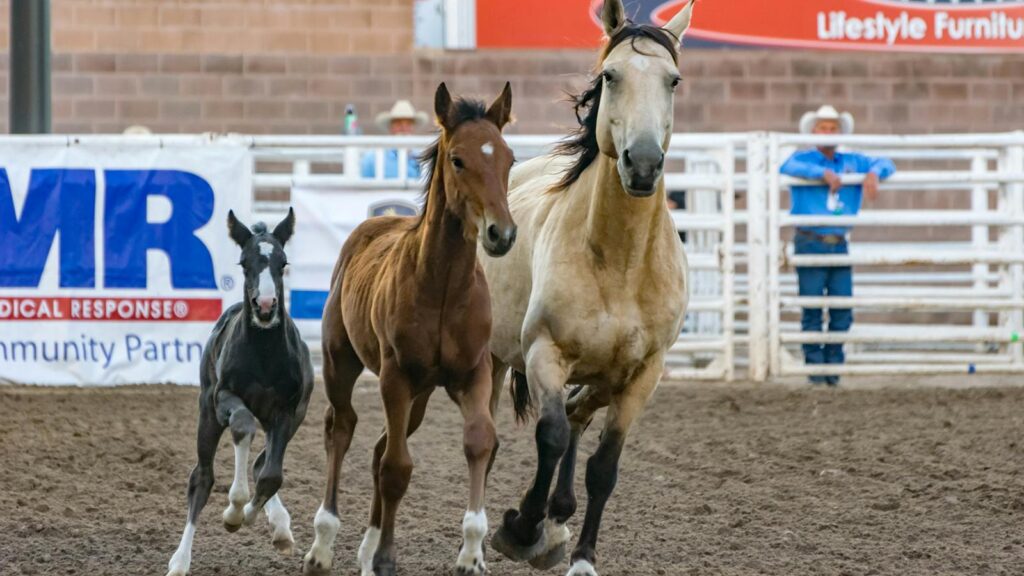
The social atmosphere of a riding school contributes significantly to your overall experience and can impact your long-term engagement with the sport. A supportive, inclusive community enhances learning and makes the experience more enjoyable. Visit the school during different times to observe interactions between staff, students, and parents. Do people seem to enjoy being there? Is there a sense of camaraderie and mutual support? Schools with strong communities often organize social events, group trail rides, educational workshops, or friendly competitions that build connections among riders. For younger riders especially, positive peer relationships can be as motivating as the riding itself. Some schools create mentorship opportunities where more experienced riders help beginners, fostering a culture of knowledge sharing. The ideal environment balances healthy competition with cooperation and celebrates individual progress rather than just competitive achievements.
Additional Services and Learning Opportunities
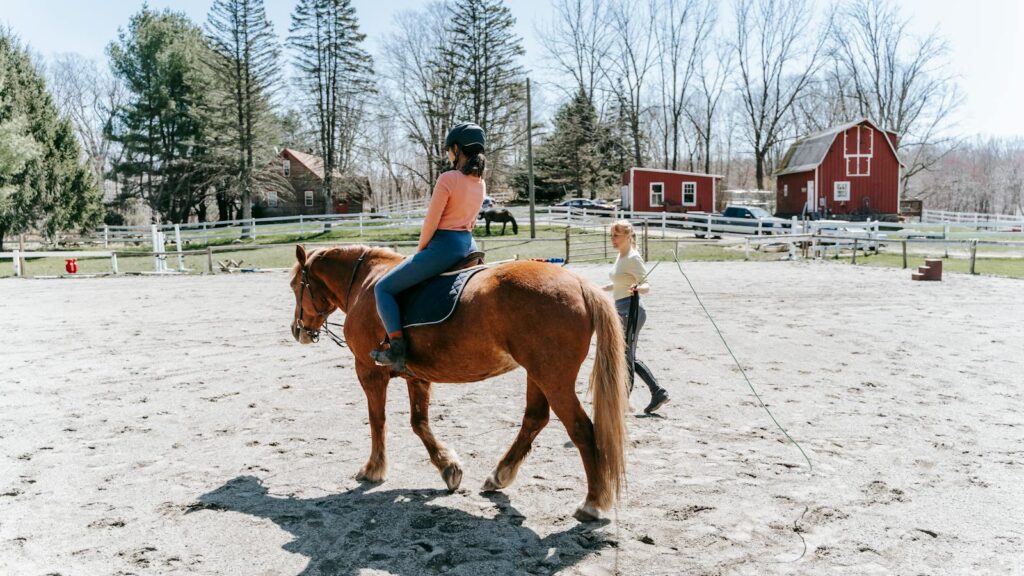
Comprehensive riding schools often extend their offerings beyond standard riding lessons to provide a well-rounded equestrian education. These additional services might include horse leasing or partial boarding options, which allow students to ride the same horse consistently and take on more responsibility without full ownership. Many schools organize specialized clinics with guest instructors, offering exposure to different teaching perspectives and techniques. Some facilities provide opportunities to participate in local or schooling shows, trail rides, or riding camps during school holidays. More extensive programs might include classroom theory sessions covering topics such as equine nutrition, first aid, biomechanics, or competition rules. For adult learners, evening seminars or weekend workshops can accommodate busy schedules while deepening their understanding of horsemanship. These supplementary offerings can significantly enhance your learning experience and provide pathways to broader participation in equestrian culture.
Reading Reviews and Seeking Recommendations

Research beyond your direct observations provides valuable insights into a riding school’s reputation and consistent performance. Start by reading online reviews on platforms like Google, Facebook, or equestrian forums, paying attention to patterns in feedback rather than isolated comments. Particularly valuable are reviews that mention long-term experiences and progress achieved over time. Reach out to local equestrian associations, tack shops, or veterinarians who often have knowledge of various schools’ reputations and specialties. Current and former students can provide firsthand accounts of their experiences – ask specific questions about instructor consistency, horse quality, and whether they feel they’ve progressed as riders. Social media groups dedicated to local equestrians can be excellent resources for candid opinions and experiences. When evaluating recommendations, consider the source’s experience level and goals relative to your own – what works perfectly for an advanced competitor might not suit a recreational beginner.
Making Your Final Decision: Trial Lessons and Observation
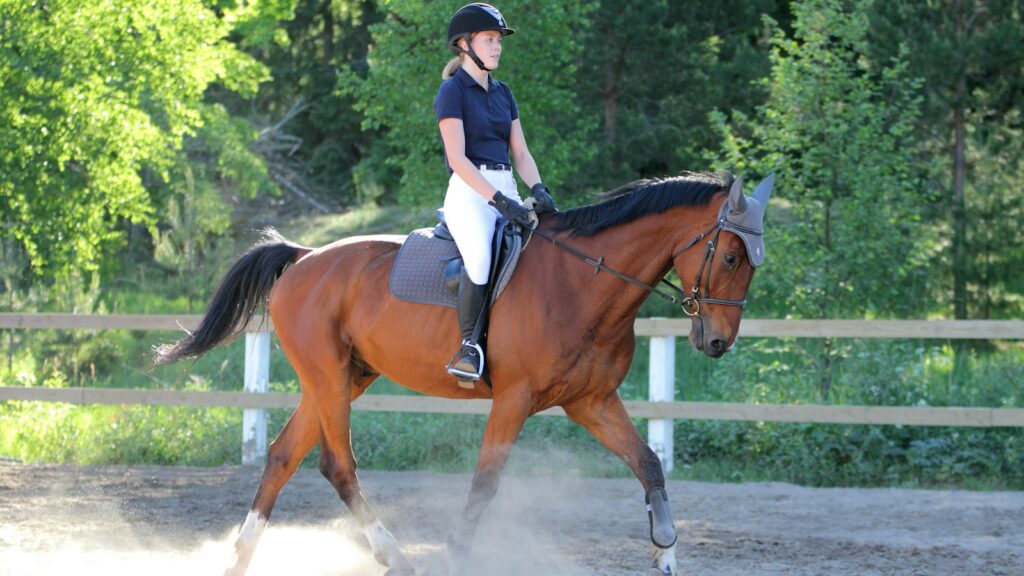
Before committing to a riding program, take advantage of opportunities to directly experience what the school offers. Many establishments welcome prospective students to observe lessons, speaking volumes about their confidence in their teaching methods and overall operations. Schedule a trial lesson to evaluate firsthand how the instruction style suits your learning preferences and how comfortable you feel with both the instructor and the assigned horse. During this evaluation period, pay attention to how the school handles questions, whether they take time to assess your current abilities, and if they clearly explain their teaching approach and expectations. Notice the general atmosphere – do students seem engaged and enthusiastic? Are the staff members attentive and professional? Trust your instincts about whether you feel comfortable, respected, and excited about learning in this environment. A good match should feel not just technically appropriate but also personally engaging and motivating.
Long-term Growth: Evaluating Progression Pathways
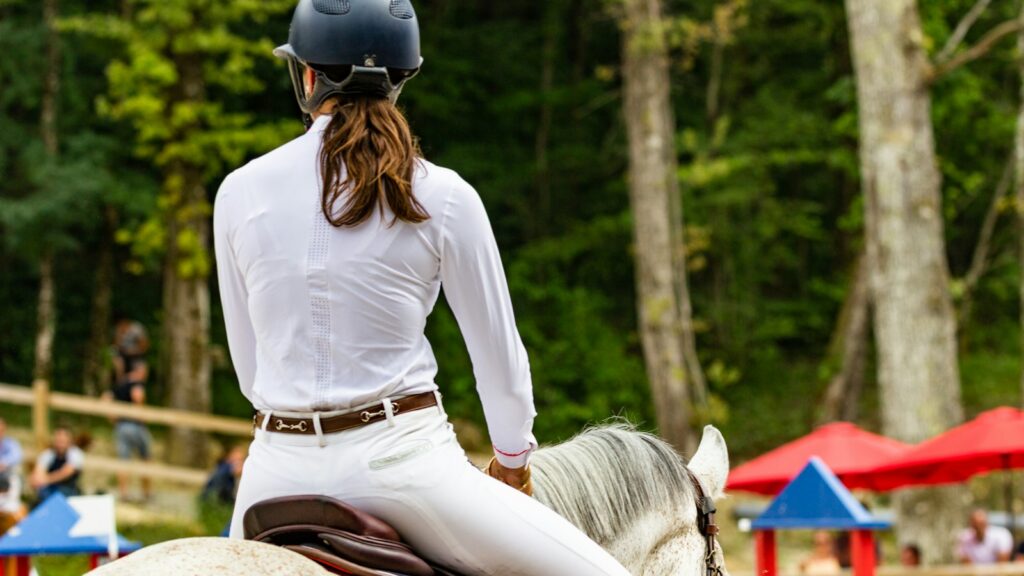
For riders committed to ongoing development, understanding a school’s capacity to support long-term growth is essential. Inquire about how the program accommodates advancing riders – do they have more challenging horses and higher-level instructors, or might you eventually outgrow their offerings? Some schools maintain relationships with more specialized training centers and can facilitate transitions when students are ready to focus on particular disciplines. Progressive establishments often have defined advancement systems with clear benchmarks for moving to higher levels. They might offer pathways to participation in recognized competition circuits or certification programs through national equestrian organizations. Consider whether the school supports different trajectories – competitive careers, recreational advancement, or professional development in the equestrian industry. The ideal riding school not only meets your current needs but can either grow with you or honestly advise when you might benefit from moving to a different training environment to continue your development.
conclusion
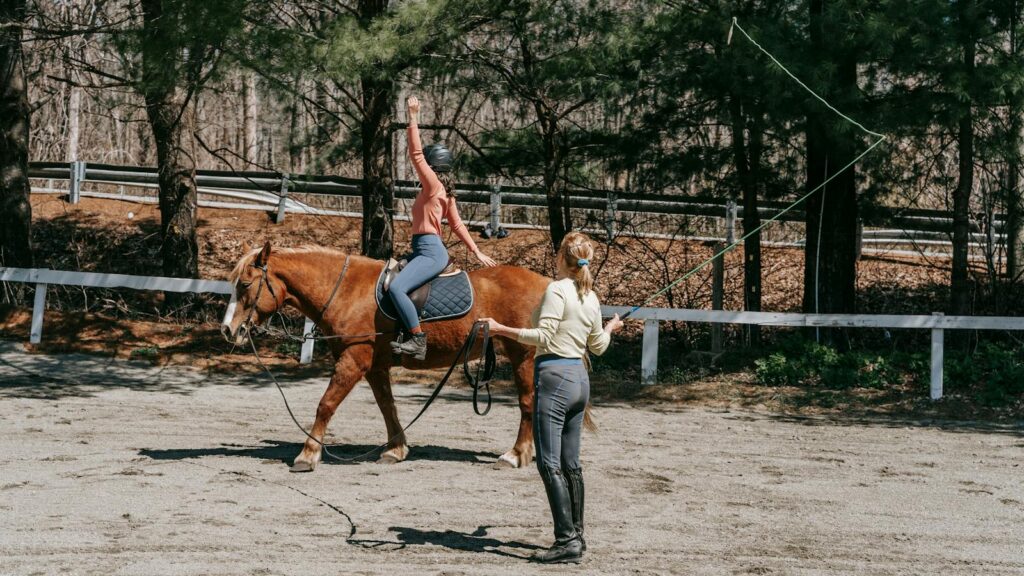
Finding the right riding school is a deeply personal journey that balances practical considerations with emotional connections. The perfect match provides not just technical instruction but an environment where you feel supported, inspired, and connected to both horses and the riding community. Take your time with this important decision, using this guide to thoroughly evaluate your options. Remember that your development as a rider is a continuous journey rather than a destination—the right school evolves with you, consistently challenging you while nurturing your relationship with horses. With careful consideration and the right educational partnership, your equestrian adventure will be rewarding, safe, and aligned with your unique aspirations in the wonderful world of horsemanship.

